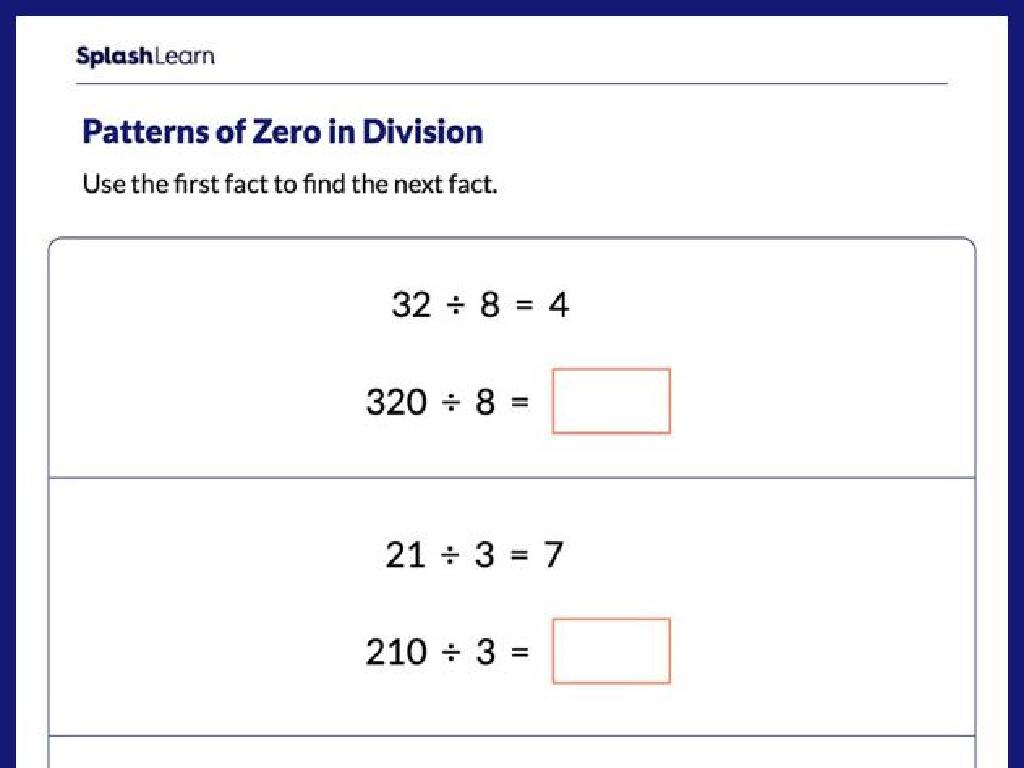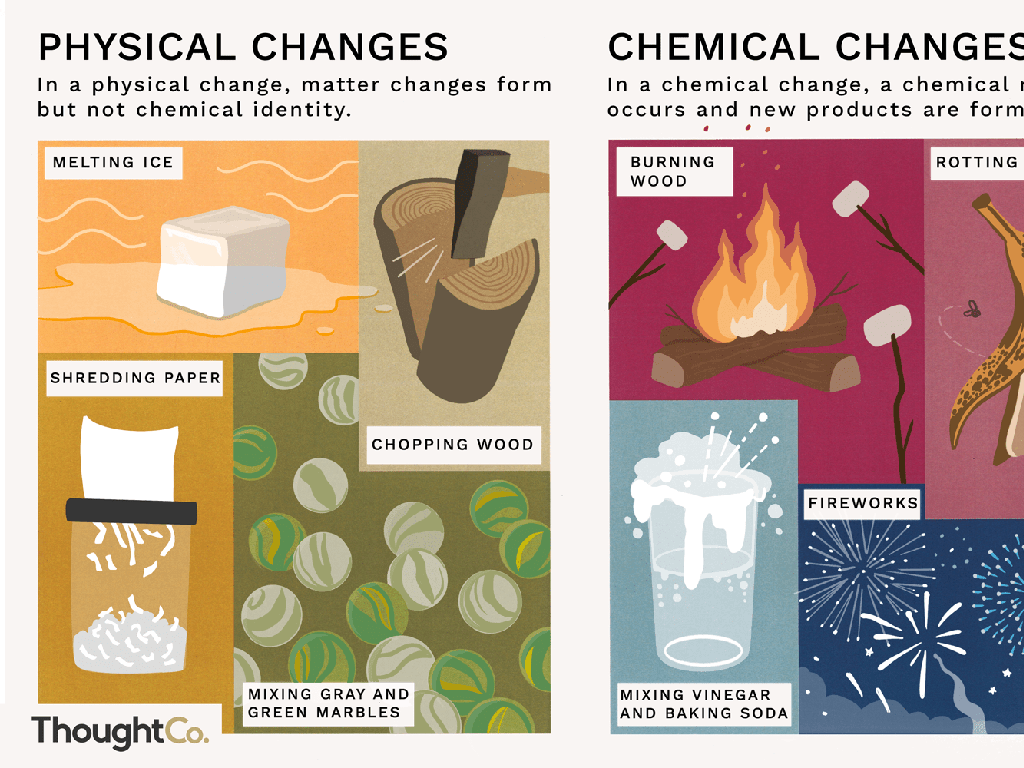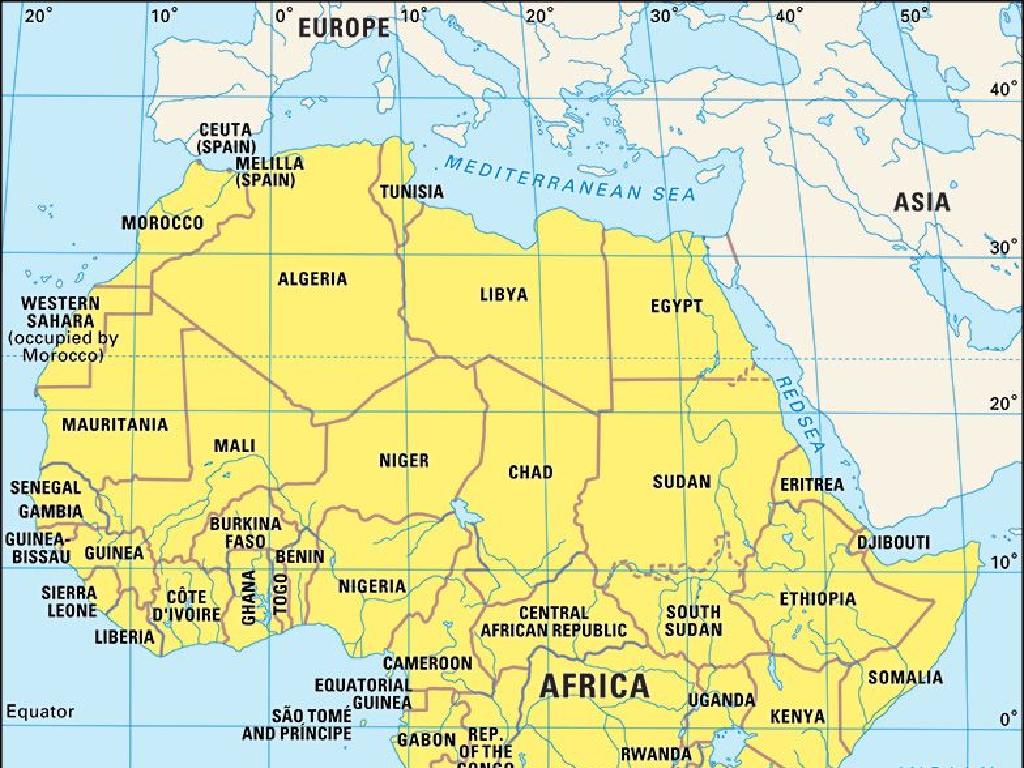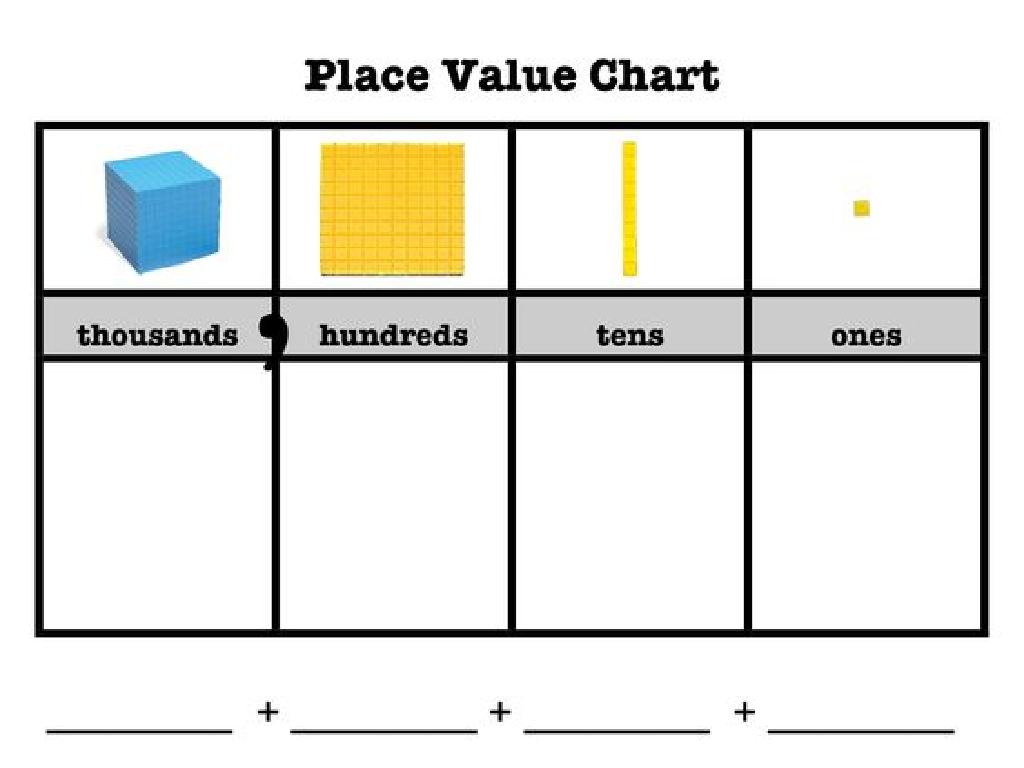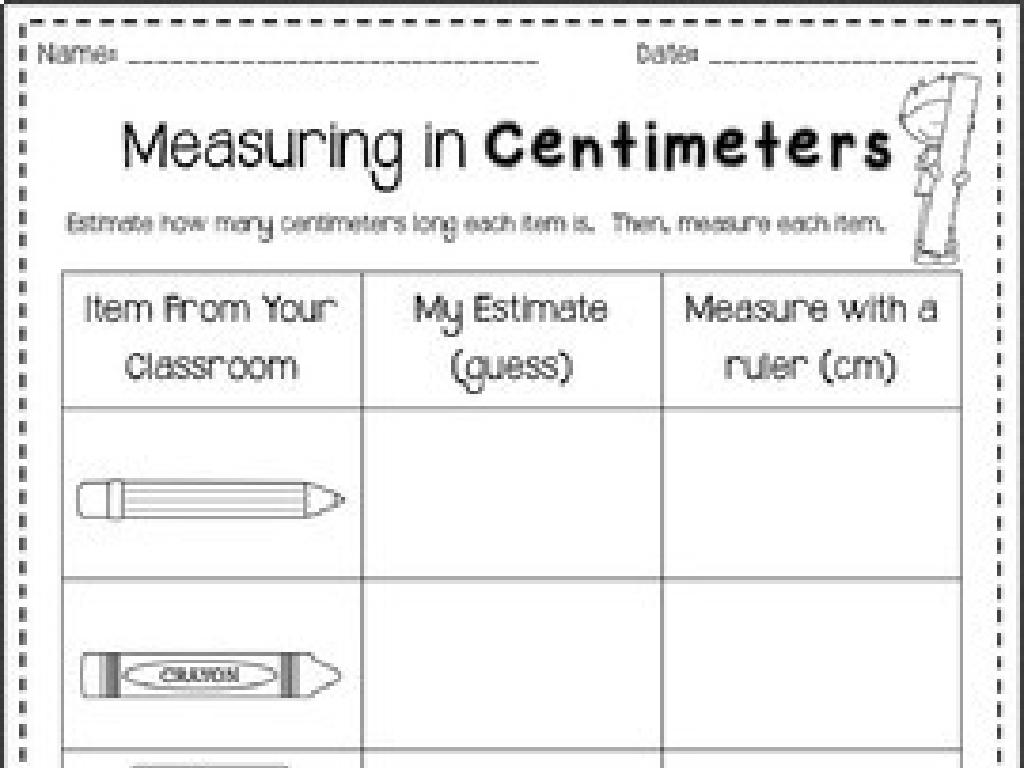Spell Multisyllabic Words
Subject: Language arts
Grade: Third grade
Topic: Multisyllabic Words
Please LOG IN to download the presentation. Access is available to registered users only.
View More Content
Today’s Adventure: Spelling Multisyllabic Words!
– What are multisyllabic words?
– Words with more than one syllable, like ‘computer’ or ‘elephant’.
– Importance of learning big words
– Helps with reading, speaking, and writing more complex language.
– Tips for spelling multisyllabic words
– Break words into parts, use sounds, and try rhymes to remember.
– Practice with fun activities
|
This slide introduces students to the concept of multisyllabic words, which are simply words that have more than one syllable. Understanding and being able to spell these ‘big words’ is crucial as it enhances their reading comprehension and enables them to express themselves more clearly. Provide tips for breaking down larger words into manageable parts, such as looking for smaller words within the word, clapping out the syllables, and using rhymes or sounds to aid memory. Incorporate engaging activities like syllable scavenger hunts or word puzzles to reinforce learning. Encourage students to practice with words from their favorite stories or subjects they’re interested in to make the learning process enjoyable.
Understanding Syllables
– What is a syllable?
– A syllable is a word part with one vowel sound.
– Clap out syllables in words
– Clapping once for each vowel sound helps find syllables.
– Practice with names and favorites
– Use your own name and favorite things to find syllables.
– Syllables help us spell words
|
This slide introduces the concept of syllables, which are the building blocks of words. Start by explaining that a syllable is a part of a word that contains a single vowel sound. Demonstrate how to identify syllables by clapping for each vowel sound in a word. Engage the students by having them practice finding syllables in their own names and in the names of their favorite items, which makes the activity personal and fun. Emphasize that breaking words into syllables can help with spelling. For the class activity, provide guidance on how to conduct the ‘clap it out’ exercise and suggest that students work in pairs or small groups to practice identifying syllables.
Building Blocks of Multisyllabic Words
– Understanding syllables
– Syllables are parts of words, like ‘but-ter-fly’
– Examples of multisyllabic words
– ‘Butterfly’, ‘computer’, ‘basketball’ are made of syllables
– Group activity with syllable blocks
– Use blocks to form words like ‘basket-ball’
– Learning to spell longer words
|
This slide introduces the concept of syllables as the building blocks of multisyllabic words. Start by explaining what syllables are and how they come together to form longer words. Provide clear examples of multisyllabic words such as ‘butterfly’, ‘computer’, and ‘basketball’, breaking them down into syllables. For the group activity, prepare syllable blocks and encourage students to combine them to create new words, reinforcing the concept of syllable combination and spelling. This hands-on activity will help students understand and practice spelling multisyllabic words in a fun and interactive way. Make sure to walk around the classroom to assist and guide the students as they work in groups.
Spelling Strategies for Big Words
– Break words into syllables
– Like ‘hap-pen-ing’ or ‘in-ter-est-ing’
– Use familiar chunks
– Chunks like ‘ing’, ‘ed’, ‘pre’ help
– Memory tricks with rhymes
– ‘I before E except after C’ or making up a song
– Recognize spelling patterns
– Patterns like ‘silent e’ or double consonants
|
This slide aims to equip third-grade students with strategies to tackle the spelling of multisyllabic words. Start by explaining how breaking words into syllables can simplify spelling. Demonstrate with examples and have students practice with guidance. Highlight common chunks they already know, which can make spelling easier. Introduce memory tricks like rhymes or sayings that can help with tricky spellings, and discuss common patterns they may encounter. Encourage students to apply these strategies in class activities and provide them with multisyllabic words to practice. The goal is for students to become more confident in their ability to spell longer words.
Practice Makes Perfect: Multisyllabic Spelling
– Join our Spelling Bee
– We’ll spell multisyllabic words together in a fun game.
– Pair up for a spelling quiz
– Take turns asking your partner to spell complex words.
– Solo story writing challenge
– Write a creative story including the words you’ve learned.
– Use today’s multisyllabic words
|
This slide is designed to engage students in active practice of spelling multisyllabic words. Begin with an interactive spelling bee to make learning fun and collaborative. Then, have students pair up and quiz each other on challenging words to reinforce their learning. Finally, encourage individual creativity with a solo writing challenge where students incorporate today’s words into a story. This variety of activities caters to different learning styles and helps solidify the spelling of complex words in a memorable way. For the teacher: Prepare a list of multisyllabic words appropriate for third graders, ensure each pair has a list for the quiz, and provide a starting sentence for the story to spark students’ imaginations.
Class Activity: Spelling Relay!
– Form teams for the relay
– Each team receives a long word
– Add syllables in turns to spell it out
– Teamwork helps us spell big words together
– Encourage and cheer each other on
– Learning is fun when we support our friends
|
This activity is designed to make learning multisyllabic words engaging and collaborative. Divide the class into small teams and have them line up. Give each team a different multisyllabic word. One child from each team will write the first syllable, then pass the baton to the next team member to add the next syllable, and so on until the word is completely spelled. This encourages teamwork, listening skills, and reinforces the concept of breaking down complex words into manageable parts. Possible words include ‘butterfly’, ‘computer’, ‘information’, ‘entertainment’. Make sure to monitor the activity to ensure that all students are participating and learning. Celebrate each team’s success to foster a positive learning environment.

